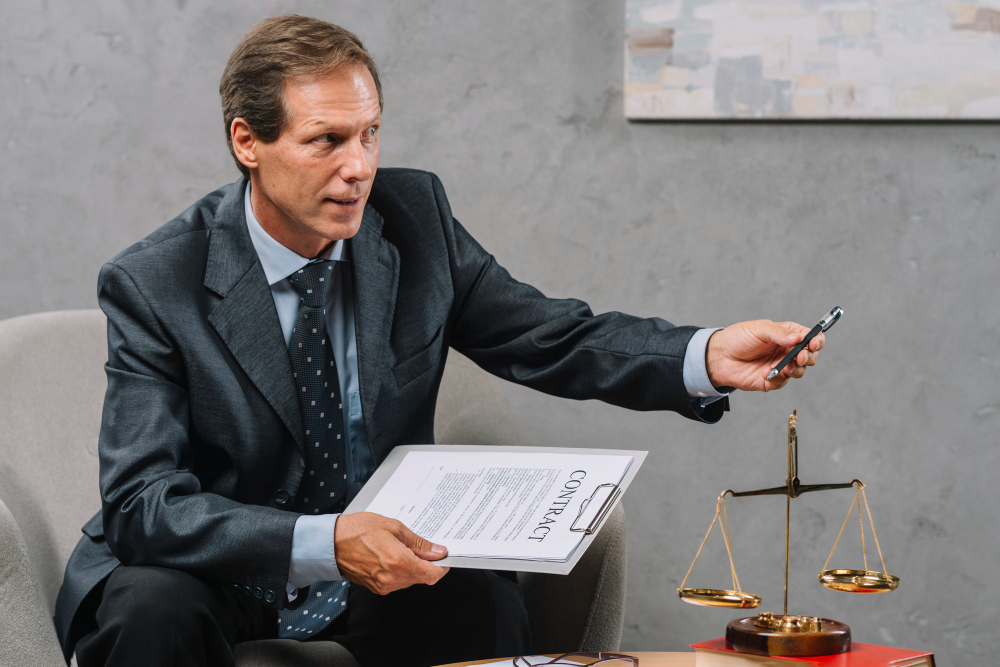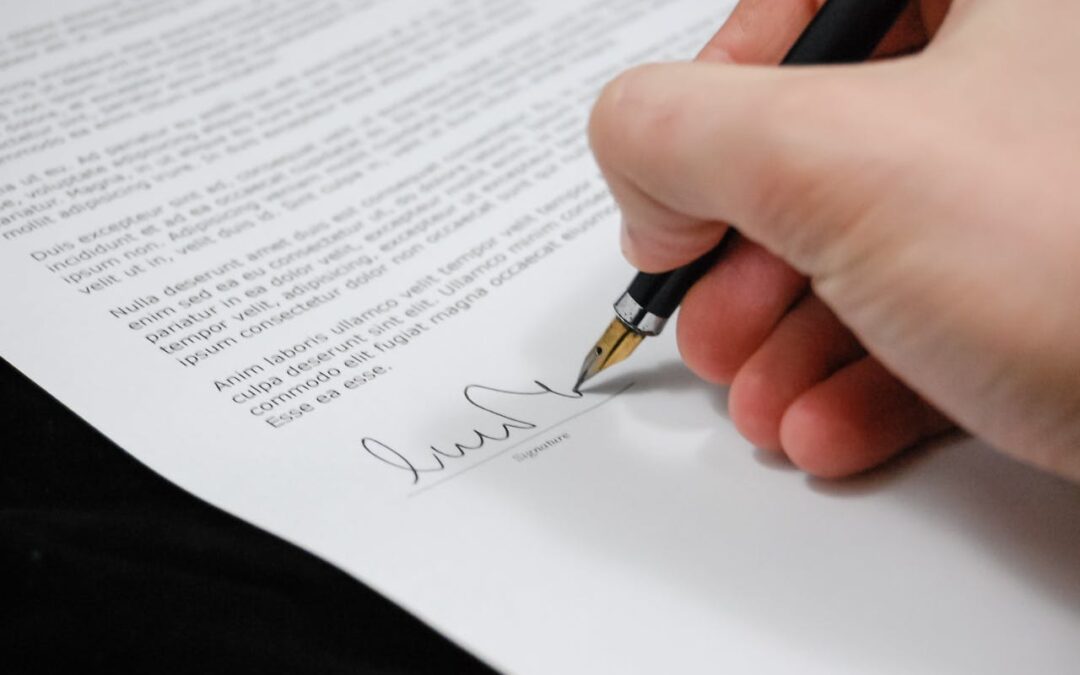
DMCA Takedown vs Copyright Strike Explained
Introduction
In today’s digital world, content sharing happens at lightning speed. From videos and music to blog posts and artwork, creators work hard to protect their intellectual property. But with the internet’s vast reach, it’s easy for copyrighted material to be shared or stolen without permission. This is where legal tools like the DMCA takedown come into play. Many creators and businesses, however, confuse DMCA takedowns with copyright strikes, which can lead to misunderstandings about their rights and the proper steps to protect their content online.
In this blog, we’ll clarify the key differences between a DMCA takedown and a copyright strike. You’ll learn how each process works, how they affect both creators and infringers, and when to use them effectively. By understanding these two enforcement tools, you can better safeguard your creative work, maintain your brand’s reputation, and avoid unnecessary legal issues. We’ll also show you how Aiplex Anti-Piracy can streamline and automate these processes to protect your content globally.
Things to Know Before Understanding DMCA Takedowns and Copyright Strikes
Before diving into the differences, it’s essential to understand the broader context of copyright enforcement. Copyright laws exist to protect creators’ rights, ensuring they control how their work is used and distributed. On the internet, these laws are enforced through mechanisms like DMCA notices and platform-specific penalties such as copyright strikes. Knowing how these tools interact with global copyright laws is crucial for businesses and creators alike.
Another important aspect is understanding platform policies. Social media sites, streaming services, and content-sharing platforms each have their own rules for handling copyright infringement. While the DMCA is a legal framework primarily used in the U.S., platforms worldwide have adopted similar procedures. By learning the basics of these processes, you can prevent content theft and manage violations more effectively.
What is the DMCA and How Does it Work?
The Digital Millennium Copyright Act (DMCA) is a U.S. law designed to protect copyrighted works online. A DMCA takedown notice is a legal request sent to a website or platform, asking them to remove content that infringes on your copyright. Once a valid notice is filed, platforms are required to remove the content promptly to avoid liability. This process gives creators a quick and effective way to protect their work.
However, it’s important to submit a proper, legally valid DMCA notice. False claims can lead to legal consequences, and infringers can file a counter-notice if they believe the takedown was unjustified. In 2025, automated DMCA takedown services make this process more efficient, ensuring accurate notices are sent to the right platforms.
What is a Copyright Strike?
A copyright strike is a penalty issued by platforms like YouTube when they receive a valid copyright complaint. Unlike a DMCA takedown, which is a legal notice, a copyright strike is an internal platform enforcement mechanism. If a creator receives multiple strikes, it can lead to account suspension or even permanent removal of their channel.
Copyright strikes are platform-specific and don’t always involve legal action. They primarily serve as warnings and penalties to encourage compliance with copyright rules. However, repeated violations can escalate to legal proceedings, especially if the content owner decides to pursue further action.
How Platforms Handle DMCA Takedowns vs Copyright Strikes
Most platforms differentiate between DMCA takedown requests and copyright strikes. A DMCA takedown is a legal notice that triggers content removal to comply with U.S. copyright law. A copyright strike, on the other hand, is an additional penalty imposed by the platform itself to deter repeat offenses. Understanding how each platform responds helps you plan your enforcement strategy more effectively.
For example, YouTube combines both systems: a DMCA notice leads to content removal and a copyright strike for the offending user. Other platforms may only remove content without issuing strikes. Knowing these nuances can help you enforce your rights while minimizing unnecessary conflicts.
Legal Implications of DMCA Takedowns and Copyright Strikes
Filing a DMCA takedown carries legal weight, as it is a sworn statement under penalty of perjury. Misuse of DMCA notices can result in legal liability for the filer. Copyright strikes, on the other hand, are platform-level penalties without direct legal consequences unless escalated. This distinction is crucial for creators who want to protect their work without risking legal complications.
Additionally, receiving multiple DMCA takedowns can harm an infringer’s reputation and limit their online presence. Platforms may blacklist repeat offenders, making it harder for them to publish content. Understanding the legal and reputational risks involved helps both creators and infringers navigate the digital copyright landscape more responsibly.
Global Reach of DMCA and Copyright Enforcement
While the DMCA is a U.S.-based law, its influence extends globally because many major platforms operate under its framework. For creators outside the U.S., similar copyright enforcement mechanisms exist, but the DMCA remains the most widely recognized. In 2025, AI-driven monitoring tools have made it easier to detect and remove infringing content worldwide.
Understanding the global implications of copyright enforcement is essential for international businesses. Partnering with a professional anti-piracy service ensures your content is protected across multiple jurisdictions, saving time and resources while maintaining your brand integrity.
Key Differences Between DMCA Takedowns and Copyright Strikes
Now that we’ve covered the basics, let’s compare DMCA takedowns and copyright strikes more directly. These two terms are often used interchangeably, but they serve different purposes. A DMCA takedown is a legal action, while a copyright strike is a platform-enforced penalty. Knowing the differences helps you choose the right approach for your situation.
A DMCA takedown removes content from the internet and can trigger further legal action if necessary. A copyright strike, however, affects the infringer’s account status but may not have legal implications unless escalated. Both tools are essential for protecting intellectual property, but they work best when used strategically together.
When Should You Use a DMCA Takedown?
A DMCA takedown is best used when you find your copyrighted material published without authorization. It is a formal, legal request that compels platforms to remove the content. This approach is ideal for serious cases of infringement where you want immediate removal and a documented legal record of your claim.
DMCA takedowns are also effective for repeated or large-scale piracy, especially when dealing with websites hosting multiple infringing copies. By filing a takedown, you ensure quick removal and establish a paper trail for potential legal action. In 2025, many creators rely on automated DMCA services to handle these requests efficiently.
When Do Copyright Strikes Come into Play?
Copyright strikes are typically issued by platforms after they process a DMCA complaint. They are used to discourage repeat violations by penalizing the infringer’s account. For example, YouTube issues a copyright strike that temporarily restricts certain features, and repeated strikes can lead to account termination.
Strikes are useful for platform-level enforcement but may not remove infringing copies from other sites. They are more of a deterrent than a legal remedy. Therefore, strikes work best as part of a broader copyright enforcement strategy that includes DMCA takedowns and other legal tools.
Why Choose Aiplex Anti-Piracy for DMCA Enforcement
Aiplex Anti-Piracy specializes in protecting digital content through advanced monitoring and takedown services. Using AI-driven detection systems, Aiplex identifies infringing material across websites, social media, and streaming platforms. Their team handles the entire DMCA process, ensuring fast and accurate takedown notices that comply with legal requirements.
Beyond DMCA enforcement, Aiplex also assists with reputation management, counterfeit prevention, and proactive anti-piracy strategies. By partnering with Aiplex Anti-Piracy, you can safeguard your intellectual property globally while focusing on your core business. Their expertise ensures your content remains secure in today’s fast-paced digital environment.
Conclusion
Understanding the difference between a DMCA takedown and a copyright strike is essential for protecting your creative work. While a DMCA takedown is a legal process that removes infringing content, a copyright strike is a platform-level penalty designed to prevent repeat offenses. Both play important roles in safeguarding intellectual property and maintaining a fair online ecosystem.
By combining these tools strategically, creators and businesses can effectively combat piracy, protect revenue, and maintain their brand reputation. Partnering with experts like Aiplex Anti-Piracy ensures you stay ahead of infringers with automated monitoring and efficient enforcement. Don’t wait until your content is exploited—secure it today with professional anti-piracy solutions.
FAQs
- What is a DMCA takedown?
A DMCA takedown is a legal request to remove copyrighted material posted online without permission. - What is a copyright strike?
A copyright strike is a platform-level penalty issued after a valid copyright complaint, such as on YouTube. - Are DMCA takedowns and copyright strikes the same?
No, DMCA takedowns are legal notices, while copyright strikes are platform-specific penalties. - Can anyone file a DMCA takedown?
Only copyright owners or their authorized representatives can file a valid DMCA takedown notice. - What happens after a DMCA takedown notice is filed?
The platform removes the infringing content, and the uploader can file a counter-notice if they disagree. - Do copyright strikes expire?
On platforms like YouTube, strikes typically expire after 90 days if no further violations occur. - Can false DMCA claims have consequences?
Yes, submitting false DMCA claims can lead to legal liability for damages. - Is the DMCA valid outside the U.S.?
The DMCA is a U.S. law, but many global platforms follow similar procedures. - How can Aiplex Anti-Piracy help?
Aiplex uses AI-driven monitoring and enforcement to protect your content worldwide. - Which is more effective: DMCA takedown or copyright strike?
They serve different purposes—DMCA ensures removal, while strikes deter repeat violations; both work best together.
